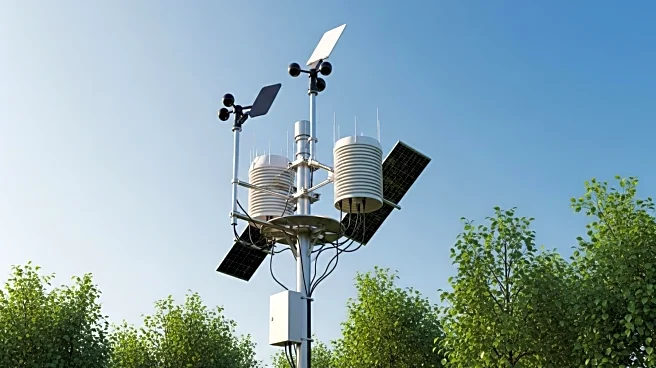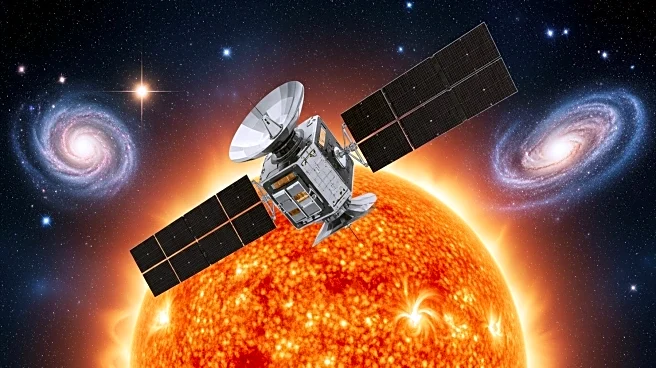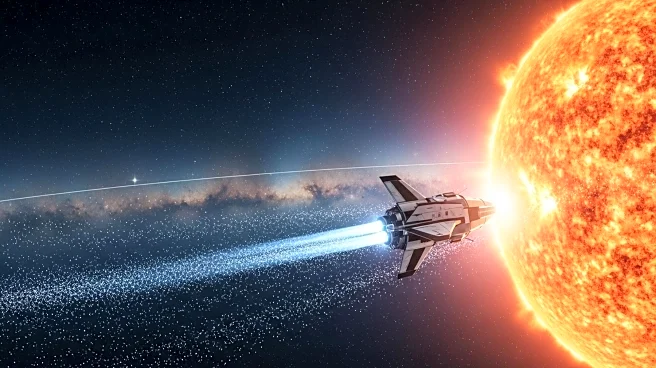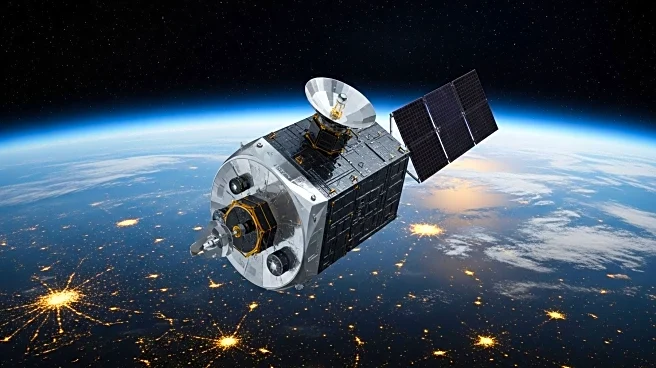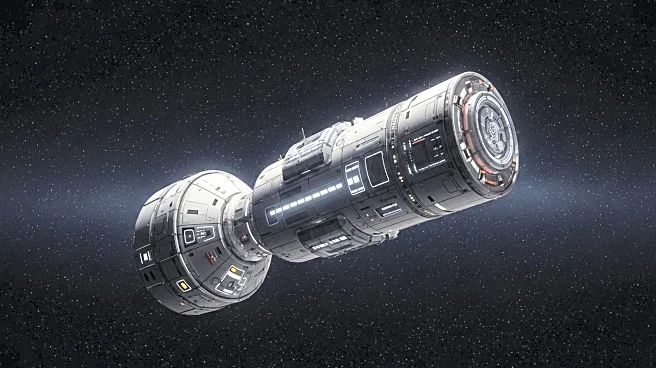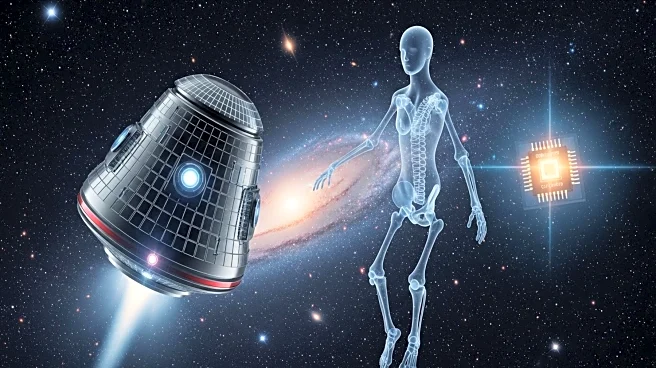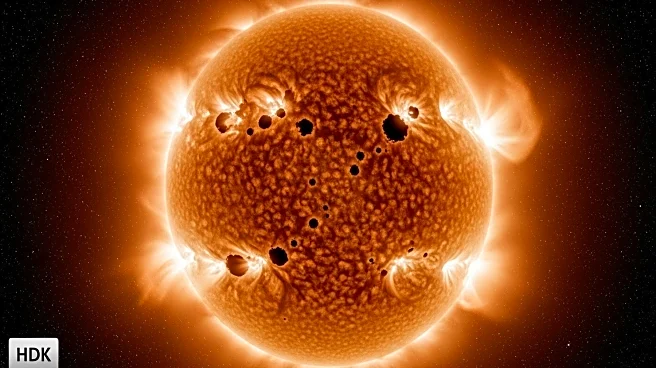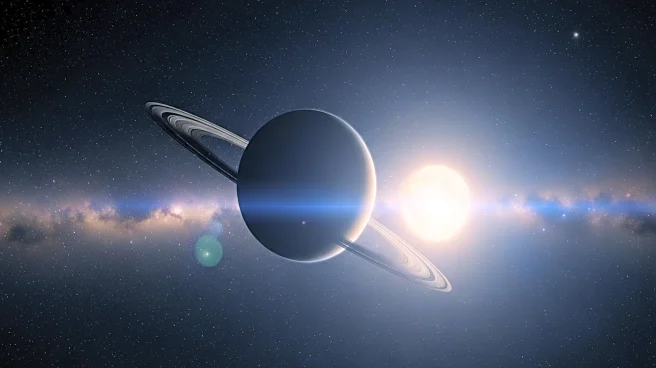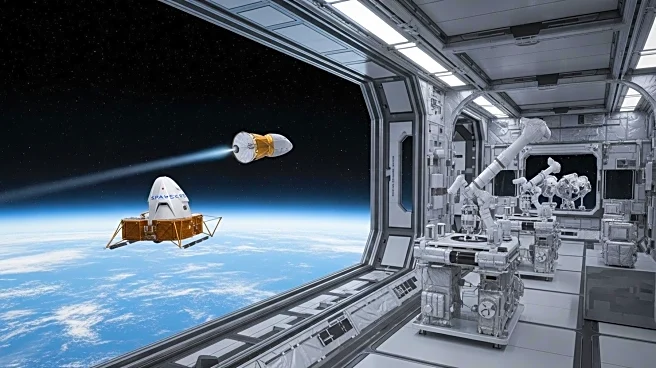What is the story about?
What's Happening?
NASA and NOAA are set to launch three spacecraft to study the Sun's influence across the solar system. The missions, including NASA's IMAP, Carruthers Geocorona Observatory, and NOAA's SWFO-L1, will launch aboard a SpaceX Falcon 9 rocket from Kennedy Space Center. These spacecraft will travel to the Earth-Sun Lagrange point (L1) to study solar wind and space weather, aiming to improve understanding of the Sun's impact on Earth's habitability and protect satellites and astronauts from space weather.
Why It's Important?
Understanding the Sun's influence is vital for predicting space weather, which can affect satellite operations, communication systems, and even power grids on Earth. The data collected by these missions will enhance our ability to forecast space weather events, potentially reducing the risk of disruptions to critical infrastructure. Additionally, the research could provide insights into the solar system's boundaries and the protection offered by the heliosphere, contributing to broader scientific knowledge.
What's Next?
Following the launch, the spacecraft will begin their journey to the L1 point, where they will conduct observations and collect data. NASA and NOAA will analyze the data to improve space weather prediction models and develop strategies to mitigate potential impacts on Earth. The missions will also contribute to ongoing research in heliophysics, potentially leading to new discoveries about the solar system's dynamics.
Beyond the Headlines
These missions highlight the importance of international collaboration in space exploration, as they involve partnerships between NASA and NOAA. The integration of scientific research with operational space weather monitoring represents a significant step towards a comprehensive understanding of the Sun's effects. This approach may lead to advancements in space weather forecasting and the development of new technologies to protect Earth-based systems.
AI Generated Content
Do you find this article useful?




